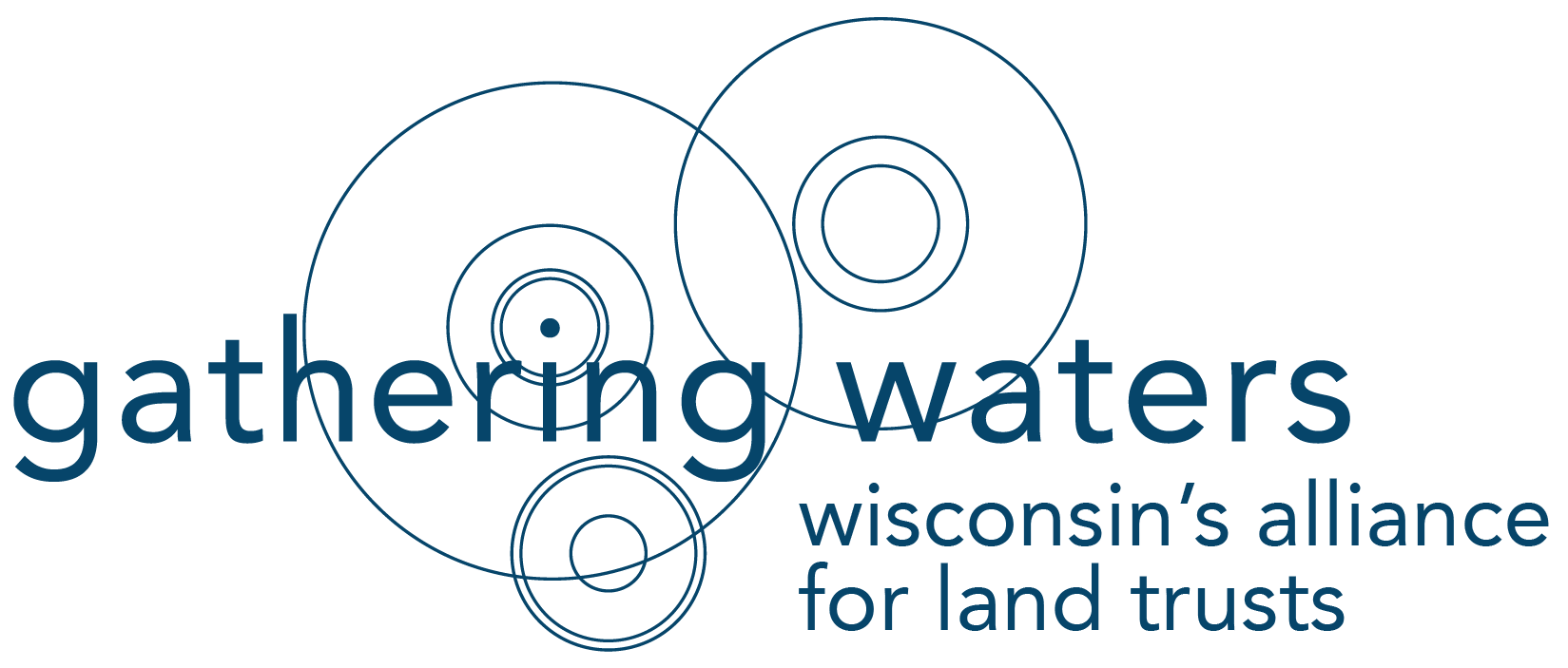What’s your land trust’s commitment to inclusion in the outdoors?
At the Wisconsin Land Trust Conference in May, attendees identified actions for improving recreation on land trust properties, with an emphasis on promoting access and belonging at these sites.
Now, two months on, let’s reflect on what we learned and which actions your land trust is undertaking. If there are barriers to taking action, what do you need to overcome them?
Panelists at the Conference provided briefings from their organizations, including: Angela West Blank from Groundswell Conservancy, MaryKay O’Donnell from the Land Trust Alliance, and Matt Reetz from Madison Audubon.
They prompted reflection and discussion with guiding questions:
- What can your land trust do to make safety and inclusiveness visible at the places you protect?
- What are three ways you can include people with disabilities in your planning processes right from the start
- What are some of the possible barriers in your organization to other groups?
- What action(s) can you take to pivot from “getting people involved with us” to meeting needs people have identified for themselves?
In small groups, participants discussed implications of these guiding questions for their organizations, for collective action in Wisconsin’s land trust community, and for actions they would personally commit to taking.
The challenge was then to come up with three actions to improve inclusion in outdoor recreation. They filled a Wall of Ideas with these actions.
Which of these has your land trust undertaken, or would like to take on in the coming months?
Connect and build relationships
Every group offered an action to connect with community groups and potential partners. Start by asking the community about their needs and the range of ways they like to recreate. Engage diverse community groups in all aspects of projects. Engage organizations who already serving these communities to explore partnerships. In other words: What do people want? What are they already doing? How can we work together?
Improve information
Multiple groups were motivated to reimagine signage to promote access with welcoming images and information in multiple languages. Better web- and app-based information could play an important role in bringing visibility to land trust sites, with multilingual information, inclusive imagery, and detailed descriptions or videos to help new visitors and those with differing abilities to anticipate what to expect.
Improve infrastructure
Participants identified the need to address transportation to preserves. On-site they want to offer accessible trails, toilets, and ramps, especially at flagship sites close to population centers.
Make the commitment and get started
An overriding sentiment was that we need to invite uncomfortable conversation. We are learning and are likely to make mistakes. But that shouldn’t stop us from taking action.
Looking for information and inspiration?
At the Conference, we distributed a list of resources to learn about Black, Indigenous, and People of Color (BIPOC) leaders and organizations; and for making places and programs accessible for people with disabilities.



